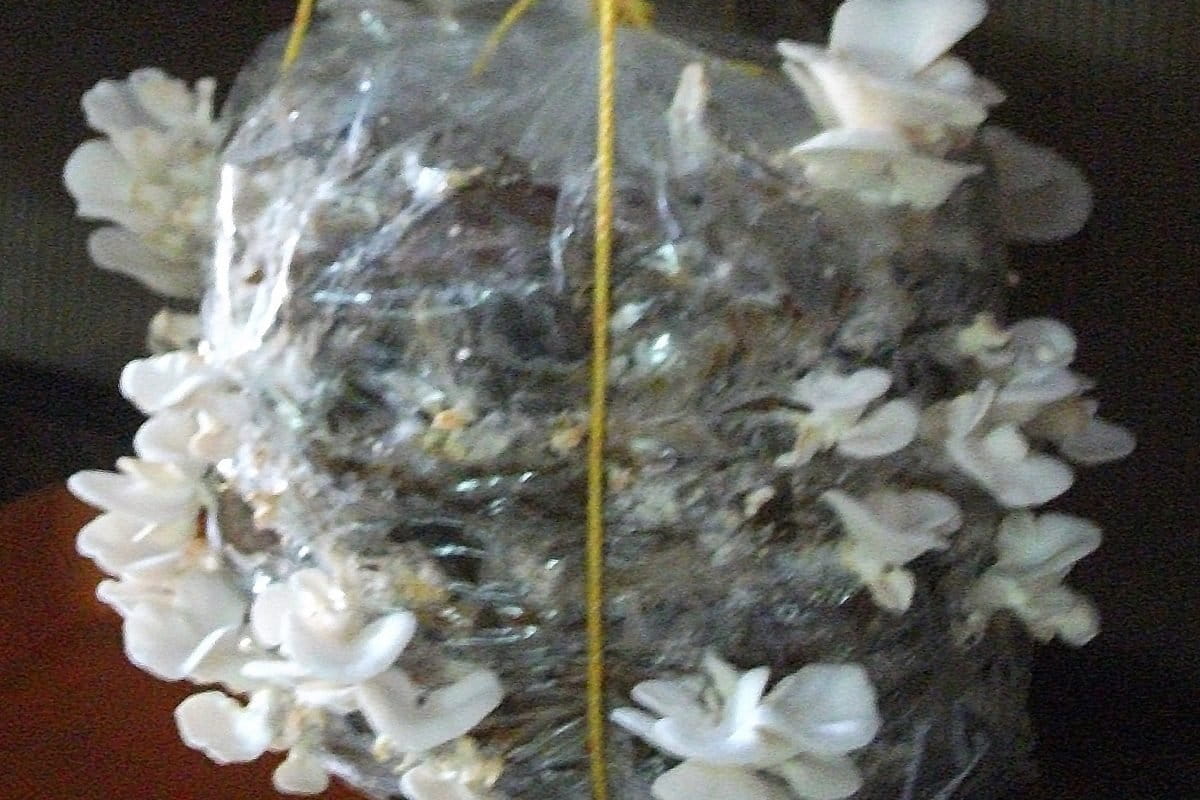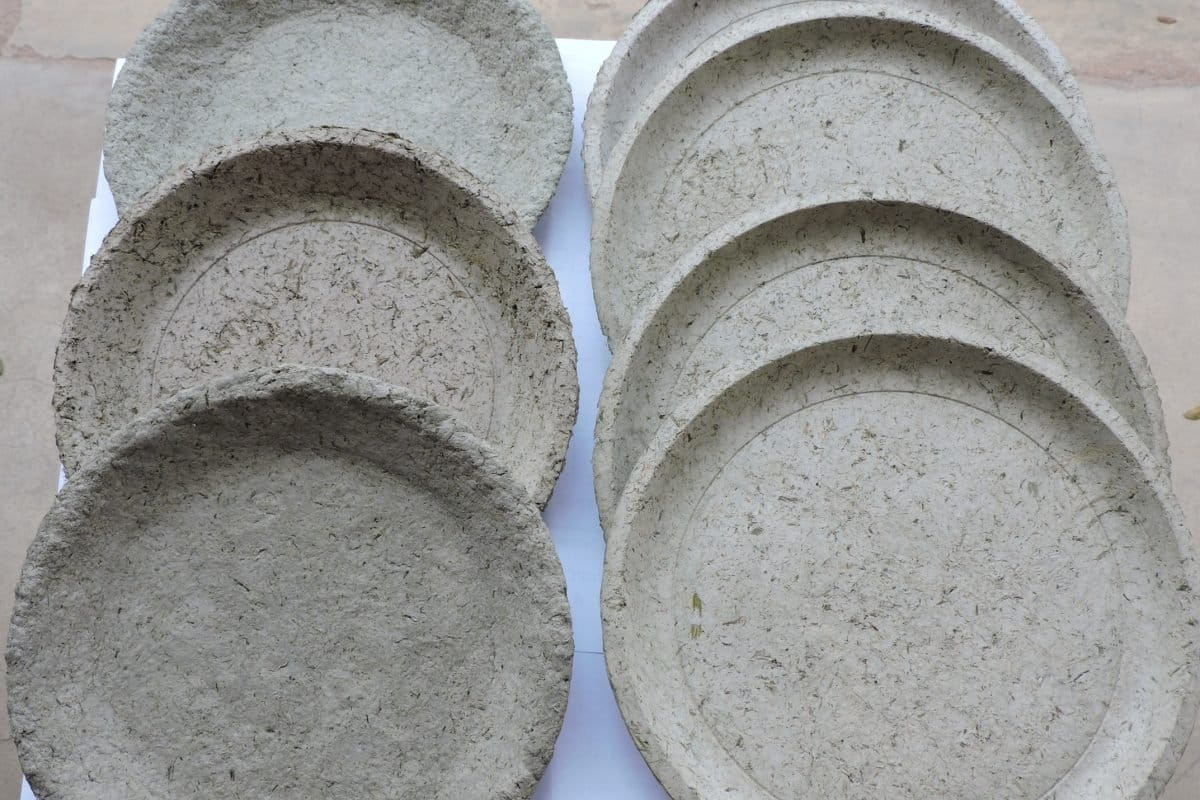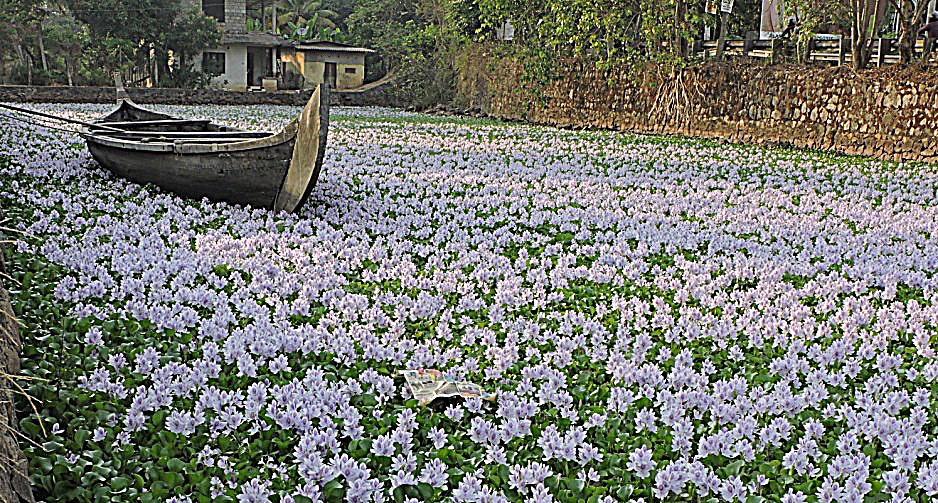- Water hyacinth and water moss have been choking many water bodies in the country, causing serious ecological and economic problems.
- Removing these invasive species has proved futile since they come back almost immediately.
- Researchers are trying to find economic use so that these problem plants become a resource for income generation.
Decades ago, water hyacinth (Eichhornia crassipes) spread from its native ecosystem in Amazonia, Brazil, and became an invasive species in water bodies across the globe. It also reached India and has ever since eaten into a number of lakes in India, such as the Katraj lake in Pune, the Pichhola lake in Udaipur and Ulsooru lake in Bangalore.
Measures to remove the hyacinth have mostly been either through chemical treatments or manual removal. Either way, they have proven extremely ineffective and expensive. For instance, the municipal corporation in Ooty spent millions to clean the lakes in the tourist town, only to find it growing back. In Bengaluru, the Indian Army deployed 7,000 of its personnel to clean the Ulsooru lake, and their efforts had proved futile.
“Efforts to control the growth of water weeds were attempted by methods such as physical removal, chemical and biological control, but all of them have failed miserably,” said G. Nagendra Prabhu, associate professor, PG Department of Zoology and principal investigator, Centre for Research on Aquatic Resources (CRAR) of Sanatana Dharma College, Alappuzha. “People have realized that the only hope lies in the economic utilization of these ‘natural resources’ by economically viable techniques – the concept of eradication through utilization. In fact, many researchers across the world have been striving to make use of these aquatic weeds for creative purposes,” he added.

The need to deal with the water hyacinth problem is immediate in Alappuzha. Known as the Venice of India, the town is located on the banks of the Vembanad lagoon, an expansive network of estuaries and canals. In the recent years, tourism has become a major income earner for the people of Alappuzha. When the water bodies are choked with water hyacinth, it could adversely impact on the aesthetics, biodiversity and in turn tourism revenue.
Disease spreading vector species of mosquitoes breed freely in the static waters. The decomposition of the dead plants results in an obnoxious smell, decreases the clarity of water and depletes the dissolved oxygen content of the water, making it unsuitable for human use. Local fishermen have found it impossible to cast their nets into water covered with dense mats of these weeds.
According to Prabhu, estimates show that more than 0.2 million hectares of water bodies are infested with aquatic weeds. Their mat-forming nature severely impacts biodiversity by preventing the entry of sunlight and oxygen to the bottom waters. Also, their growth prevents the natural flow of water in irrigation channels, obstructs smooth navigation and interferes with hydroelectric power generation.

The turnround
In 2011, an initiative around the Harike Wildlife Sanctuary (the largest wetland in northern India in the border of Tarn Taran Sahib district and Ferozepur district of Punjab), undertaken by World Wide Fund for Nature-India (WWF-India) altered the scenario. As part of the project, WWF selected two villages in proximity to the sanctuary to promote handicrafts created from water hyacinth.
Following that project, many others have followed suit. Recently, the Kapra lake in Hyderabad got a new lease of life, after the discovery of the accelerated anaerobic composting (AAC) technology. According to Dr A Gangagni Rao, senior principal scientist, the Indian Institute of Chemical Technology (CSIR-IICT), Hyderabad, this is a joint operation by KHAR Energy Optimisers and CSIR-IICT and has been implemented for the first time at Kapra Lake in Hyderabad to clean hyacinth from the lake.
Essentially, it aims at conversion of green waste – in this case the leaves, stems and roots of water hyacinth – into good quality organic fertilizer within a span of 28 days. The roots and stems are separated, and chopped before pushing through the AAC process. The anaerobic culture developed by CSIR-IICT is blended with water hyacinth stem and leaves, and appropriate mixing results in an organic fertilizer which is subsequently dried to marketable fertilizer. Similarly, roots can be put through the AAC process to generate organic fertilizer, which can be used as compost.
Making organic compost is one of the most economical solutions and can prove to be a permanent solution for most of the lakes that are polluted. “Based on the necessity, water hyacinth could be exploited in many ways,” Rao said.
The AAC process is suitable for all kind of lakes filled with water hyacinth. However, since the composition of water in lakes differ the characteristics of water hyacinth also changes. “The utility of the product changes based on the composition of the water hyacinth,” Rao explained.
In yet another instance, Prabhu and his team have put together techniques for the production of cellulase enzyme from bacteria using common aquatic weeds such as water hyacinth and water moss (Salvinia molesta). He believes that through research, the plant could be efficiently used to make biomass briquettes and as a bedding material for mushroom cultivation and modified hydroponics.
“Two methods for obtaining the industrially useful enzyme cellulase from bacteria through the solid state fermentation fermentation were standardized,” Prabhu said. Additionally, his team have also begun to focus on developing rural technologies for utilization of these weeds in a manner that is easily acceptable to the rural population and implementable at the village level, and in an environment friendly manner .

“We developed three such major technologies viz. mushroom cultivation on specially prepared ‘beds’ made from the aquatic weeds, modified biomass briquettes, pulp based products from water hyacinth and modified hydroponics or floating agriculture. Our research has proved that Eichhornia, Salvinia and Pistia could be used as bedding material for mushroom cultivation.”
Three different species of mushrooms were cultivated in these weeds under different conditions oyster mushroom (Pleurotus florida), pink mushroom (P. eous) and white elm oyster mushroom (Hypsizygus ulmarius). The left over bedding material after harvest of the mushrooms can be used as organic manure. Scale-up studies are needed to undertake this at a larger scale, Prabhu added.
Prabhu’s team has also developed a range of products from the pulp obtained from water hyacinth leaves and stem along with small amounts of used newspaper and appropriate binders. The products include disposable plates, ready-to-plant biodegradable nursery pots, egg and fruit trays, cartoon models, toys, file boards, multi-purpose boards, special canvas for paintings etc. The team also blended coir industry waste fibres popularly known as “baby fibres” along with water hyacinth pulp to prepare unique canvas for paintings.

The way ahead
Currently, CSIR-IICT and KHAR Energy Optimisers are working together to take the technology from the laboratory to the land and optimize the composting method to blend with local needs. Lakes polluted with water hyacinth that are under the supervision of Greater Hyderabad Municipal Corporation (GHMC) – such as the Gangaram lake in Chandanagar – would be considered for the adoption of the AAC technology.
CRAR too has taken up several national, state and regional level Initiatives in solving the problem of aquatic weeds through value addition. Prabhu feels that since the technologies developed by him and his team are easily adoptable, cheap and eco-friendly, they can be replicated on a pan-India basis.

The canals and lakes of Alappuzha have been cleared several times to make them devoid of these weeds. However, due to lack of sustained follow-up actions, the weeds have grown back and everything is back to square one. “If our techniques are adopted on a larger scale involving local stake-holders, there will be incentives for them in the form of part time employment, products and economic benefits. Meanwhile, action by the government and other NGOs is awaited, he added.
He believes that these technologies will lead to economic utilization of weeds. Apart from generating local level employment and value added products, it will also increase the state’s revenue through lake tourism, water transportation and fisheries.